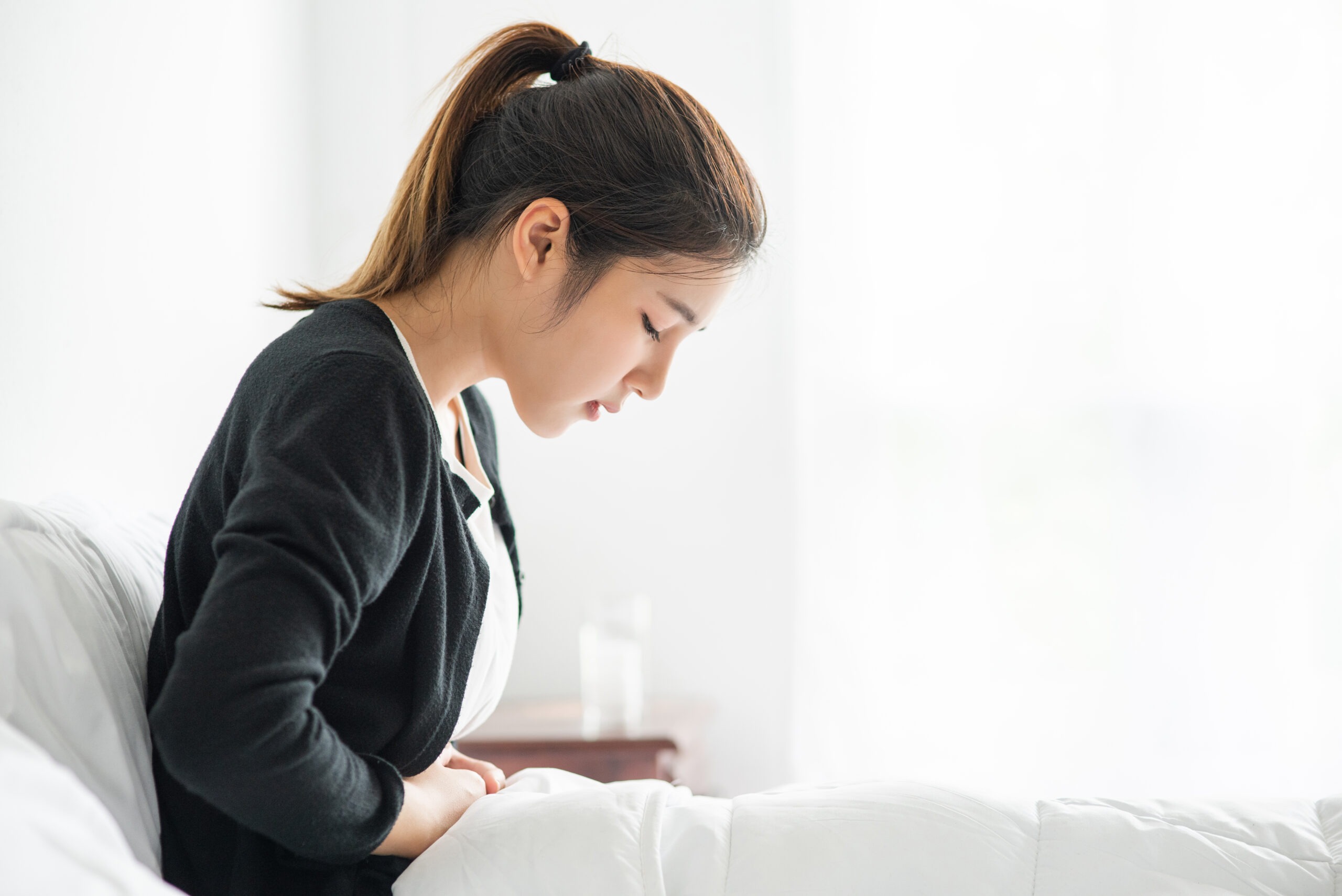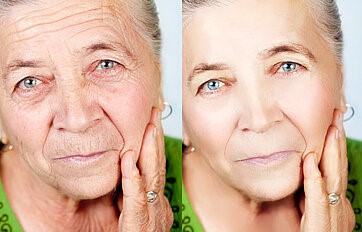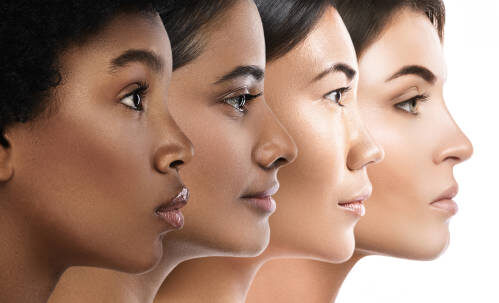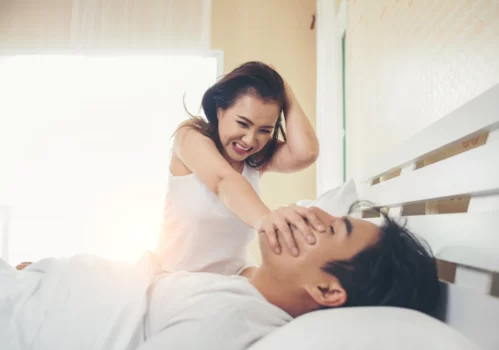List of the types of hemorrhoids, its symptoms & Causes

Hemorrhoids, or piles, are varicose veins of the rectum or anus that are usually present in middle and later life. There are 4 different types of hemorrhoids listed as follows
They often form due to years of chronic constipation.
Table of contents
Types of hemorrhoids
There are three different types of hemorrhoids, which include:
Internal hemorrhoids
Located within the rectum. They don’t hurt, but they frequently bleed. These are too deep in the anus to always be seen, thus they aren’t always visible. Internal hemorrhoids can occasionally enlarge and protrude from your anus. Hemorrhoid that has prolapsed is what this is.
Some people have experienced symptoms due to their condition, like:
- pain or discomfort
- itching
- burning
- noticeable lumps or swelling near your anus
Prolapsed hemorrhoids
A type of internal hemorrhoid that is more severe and agonizing. Especially after using the restroom, these veins protrude from the body through the anus. The anal sphincter, a muscular ring, occasionally chokes out persistently protruding veins.

Doctors may grade prolapsed hemorrhoids on how far they stick out:
- Grade I: Not prolapsed at all.
- Grade II: Straining, or having a bowel movement for that matter, can sometimes cause the anus to protrude momentarily. It will usually quickly push back in by itself though, so you might want to just leave the area alone after use.
- Grade III: Prolapsed rectum, and you have to push it back in yourself. This can be treated either by pushing it back in or surgery if symptoms continue.
- Grade IV: Prolapsed and can’t get it back in without a lot of pain. These need to be looked at by a doctor to prevent pain, discomfort, or other complications
Hemorrhoids that have prolapsed type resemble bloated, red lumps and bumps that protrude from your anus. If you study this area in a mirror, you might be likely to see them. If you have some kind of protrusion, then that most likely is your condition. However, it could also be accompanied by itching or pain.
External hemorrhoids
This type of hemorrhoids are similar to little bleeding spots under the skin that surrounds the anus. They have a solid lumpy feeling.
External hemorrhoids are usually not a serious medical issue but consult with a healthcare professional if they cause pain or inconvenience to your daily life.
These hemorrhoids are usually located on the outside of our rectum, but this can cause pain when you sit down or do a lot of physical movements. They’re also easier to see when they swell and it may get blue as well.
Thrombosed hemorrhoids
These types are external or internal hemorrhoids in which the blood, which has pooled and clotted, is painful in external hemorrhoids.
Blood clots can show up in either external or internal hemorrhoids, and symptoms may include:
- intense pain and itchiness
- swelling & redness
- discoloration around hemorrhoid
Thrombosed hemorrhoids need to be treated quickly to prevent complications like tissue death or sepsis, which is a life-threatening complication that can occur when the blood supply stops tissue.
Types of hemorrhoids: Symptoms
Internal hemorrhoids are usually indicated by a smear of bright red blood on toilet paper or streaks of blood in the feces. It is important to speak to a doctor because if you experience bleeding from the bowel then you might have other conditions (some of them serious) including bowel cancer.
Causes of hemorrhoids
One of the features of hemorrhoids is that they develop over time. However, there are several different causes for their onset, including constipation and irritable bowel syndrome (among others).
There are many causes of every types of hemorrhoids, including:
- Straining on the toilet because of constipation
- Pregnancy can strain issues in the bowels, causing them to become blocked
- hereditary factors
- heavy manual labor.
Sitting on hard surfaces for long periods can also lead to hemorrhoids.
Prevention & Treatment for each types of hemorrhoids

One technique for both treating and preventing piles relies on generating soft & regular bowel movements. A diet high in vegetables, fruits, cereals, and water will help produce this result.
Apart from changes to your diet, there are several other treatments for hemorrhoids. These include:
- emergency treatments like astringent ointments or suppositories to shrivel the hemorrhoids
- Using a proctoscope, tiny bands are applied to decrease hemorrhoids through a procedure known as band ligation.
- surgery.
Takeaway
Hemorrhoids are usually symptom-free, but they can cause pain & discomfort. However, complications are quite rare.
Internal or external hemorrhoids that do not prolapse or thrombose are more likely to heal without causing any symptoms or complications. Prolapsed and thrombosed hemorrhoids, however, tend to cause discomfort or raise your risk of complications.
Products That We Suggest for you
VENAPRO-Treat and Shrink Painful Hemorrhoids (Piles)
The Venapro Homeopathic Hemorrhoid (Piles) Relief formula get’s rid of hemorrhoid misery fast. We put our all-natural Twin Pack together to give you maximum relief on all levels.
To know more and purchase, Click Here








Comment to this Article
Comments that encourage respectful conversation are welcomed at AGP Health n Beauty. Stay on subject, please. Comments that are aggressively promotional of goods or services or that include personal attacks, vulgar language, or other forms of abuse will be deleted. Which remarks break our comment policy will be decided at our discretion. (Anonymous comments are accepted; just leave out your name in the comment box. Although necessary, your email address won't be posted with your comment.)